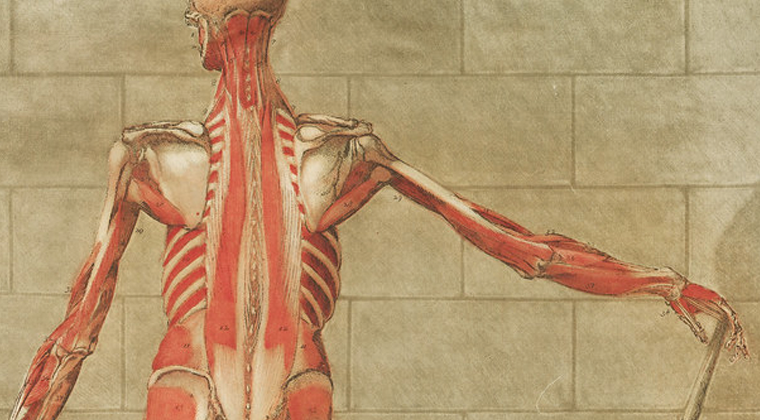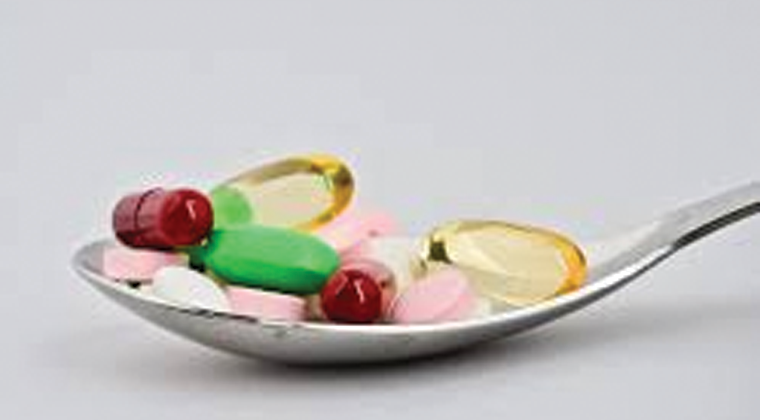Cannabinoids
What are cannabinoids?
Cannabinoids are a class of active drug found in Cannabis sativa, also known as cannabis or marijuana. While there are over 100 active cannabinoids found in cannabis, the two most common and best-studied cannabinoids are Δ9-tetrahydrocannabinol (THC) and cannabidiol (CBD). THC and CBD have significantly different effects. THC is responsible for the cannabis “high” and consequently, the abuse and addiction potential of cannabis. Therapeutically,
THC can be used to stimulate appetite in chemotherapy-induced nausea and vomiting, help manage chronic pain, and help reduce muscle spasticity in multiple sclerosis.
CBD is non-intoxicating and has very little abuse potential. CBD can be used to decrease seizures in rare childhood epileptic conditions, such as Dravet syndrome. While there is much excitement about CBD’s potential as a pain reliever, there are no published clinical trials showing that CBD alone is analgesic.
Are cannabinoids legal?
Cannabis is classified as a Schedule I substance under the Controlled Substances Act, which designates it as a drug with a high potential for abuse and no accepted medical uses. As such, cannabinoid products that come from the cannabis plant and contain more than 0.3% THC remain illegal under federal law. However, many States have medical and adult-use cannabis legislation that allows consumption of cannabis under State law. In those States, it is possible to legally obtain cannabis products, but they are still considered illegal at the federal level.
Hemp is a type of cannabis that contains less than 0.3% THC. In 2018, CBD that is derived from hemp became more widely available after hemp was removed from the Controlled Substances Act. However, how these products are going to be regulated is still an open question.
There are some FDA-approved cannabinoid medications. All FDA-approved medications with THC are synthesized in the lab rather than derived from the cannabis plant.
How do cannabinoids work?
Cannabinoids work by interacting with the endogenous cannabinoid system in the body, which helps regulate complex behaviors and responses such as pain, sleep, and mood. The exact mechanisms of how THC and CBD work to reduce pain have not been fully determined.
THC appears to reduce pain and cause cannabis intoxication by binding to cannabinoid receptor 1 (CB1) in the central nervous system. CBD’s primary mechanism of action remains unknown, but it interacts with the endogenous cannabinoid system and numerous other bodily systems (e.g., the 5HT1A serotonergic receptor). In preclinical studies with non-human animals, CBD has been shown to reduce inflammation, pain, and anxiety, but these findings have not been translated to humans. CBD may also enhance the therapeutic effects of THC, as demonstrated by clinical trials in which a combination of CBD and THC are given together.
Note: There are some FDA-approved cannabinoid medications (see below) which contain a single active ingredient and have well-characterized chemical profiles. However, most medical cannabis products available at cannabis dispensaries contain multiple cannabinoids in addition to THC and CBD, as well as other potentially therapeutic compounds. For example, cannabis flower also contains terpenes and flavonoids, which contribute to cannabis’s wide range of tastes, odors, and colors. The ways in which these compounds all interact together is uncertain and remains an open area of research.
What are the names of some cannabinoid medications?
FDA-approved cannabinoids:
- Syndros (synthetic THC)
- Dronabinol (synthetic THC)
- Cesamet (nabilone, a THC analog)
- Epidiolex (plant-derived CBD)
Cannabis products that are not FDA-approved
Hemp-derived CBD: CBD products derived from hemp are widely available online and in brick and mortar retailers. However, the quality of products and accuracy of labeling varies greatly from product to product. If buying these products, use caution and do your homework on the company selling the product. Make sure you look for products that have independent third-party testing for contaminants (such as heavy metals and pesticides) and potency.
Medical Cannabis: There are many cannabinoid products that are available in States with laws that allow cannabis for medical or recreational purposes. These products do not undergo the same kinds of stringent testing required for pharmaceutical products. If you live in a State with legal medical cannabis, you may be able to obtain a medical cannabis license that would allow you to purchase cannabis products from medical cannabis dispensaries. If you choose to go this route, there are three important things to keep in mind:
Administration route: The effects of cannabis differ by how you use it.
Smoking and vaporizing will result in fast-acting effects which can typically be felt in 5–15 minutes and last for 2–4 hours. However, smoking and vaporizing hurts the lungs, and should be avoided if possible. Edibles take anywhere from 30 minutes to 3 hours to take full effect, and last for 6–8 hours. When first taking an edible product, be sure to wait at least the full 3 hours before taking more so you do not overdose. Tinctures are infused cannabis oils or alcohol-based products that are held under the tongue for 1–2 minutes. Tinctures cause faster-acting effects than edibles (15–30 minutes) if used properly, and typically last 4–6 hours. Topicals (e.g. creams) are widely variable in composition, so it is uncertain how long it takes for them to take effect. It is also unclear how well topical cannabinoid products penetrate the skin, so it likely makes sense to use them directly on joints that are affected by pain or inflammation rather than using them to obtain a whole-body effect.
Dosing: “Start low, go slow”.
People have different responses to cannabis based on their own unique make-up and past experience with cannabis. Lower doses may be medically effective, as well as helping avoid adverse side effects and building tolerance.
CBD to THC ratio
Since CBD has fewer side effects than THC and is non-intoxicating, you may want to start with CBD alone or a CBD-dominant product. If you choose to take THC, make sure you take it with CBD, as CBD may enhance THC’s analgesic effects and reduce some THC-related negative effects.
Summary:
There is no rigorously tested dosing information for the medical cannabis products available in dispensaries; thus, synthesizing the above three points is important in order to use cannabinoids safely. If you are choosing to use cannabinoids, you could consider using edible products in a way analogous to using extended release pain medications, and tinctures analogously to breakthrough pain medication. You may want to start with CBD alone. If that does not provide adequate relief after one week, you may consider increasing the dose weekly. If CBD alone is not helpful, it is possible that you may want to add in a THC-containing product. If you do so, only slowly increase your dose.
Medical risks
People with a family or personal history of psychiatric illness, psychosis, or underlying heart conditions should be especially cautious when using cannabinoids. People should not drive or operate heavy machinery under the influence of THC. Because many CBD products are poorly regulated, people choosing to use hemp-derived CBD products should be very cautious about which products to buy, as some products have been shown to be either inaccurately labeled and/or contain contaminants such as pesticides, heavy metals, or mold.
Some common side effects of THC include the following:
- Confusion
- Intoxication
- Dizziness
- Nausea
- Sleepiness
Some common side effects of CBD include the following:
- Malaise
- Diarrhea
- Sleepiness
- Poor quality sleep
- Fatigue
- Decreased appetite
In general, you should consult your healthcare provider if you want to use cannabinoids. This will allow you to develop goals for treatment, ways of tracking your progress, and making sure you and your healthcare provider are on the same page about how you are using these compounds.
Other risks
Taking cannabinoids may jeopardize your employment, as many employers perform urine drug screens for THC – even in States with legal adult use or medical cannabis laws.
Resources:
Medical cannabis and CBD laws from the National Conference of State Legislatures Website: http://www.ncsl.org/research/health/state-medical-marijuana-laws.aspx
Arthritis Foundation CBD guidance Website: https://www.arthritis.org/living-with-arthritis/pain-management/chronic-pain/arthritis-foundation-cbd-guidance-for-adults.php
Inaccurate labeling in CBD products: Website: https://jamanetwork.com/journals/jama/article-abstract/2661569


